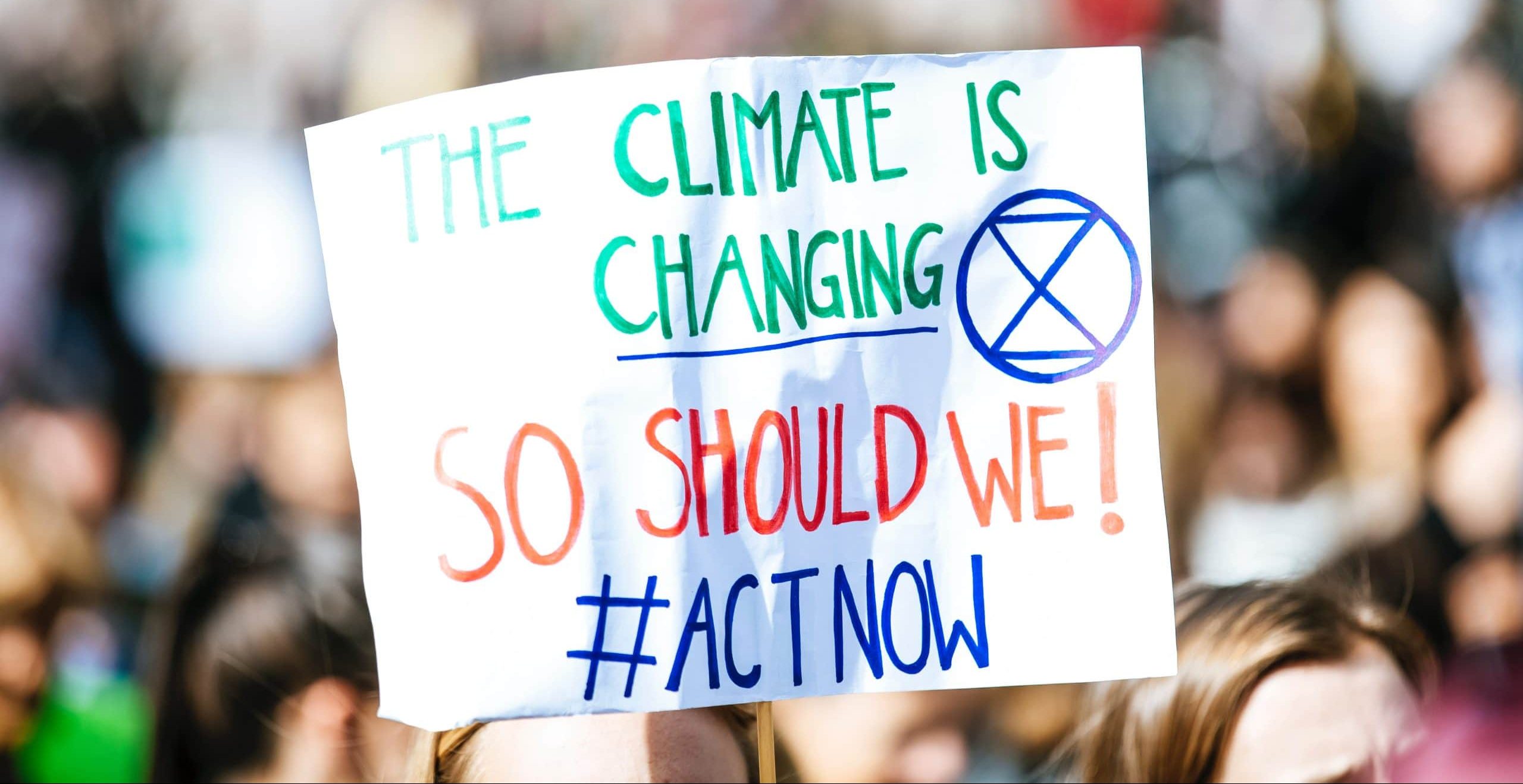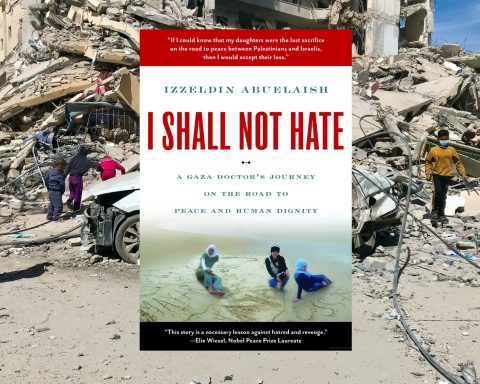 Terry Kemple is a retired GP in Bristol, and has various roles promoting greater sustainability in general practice including leading the RCGP Green Impact for health Toolkit. He is a past President of the Royal College of General Practitioners. He is on Twitter: @TKemple
Terry Kemple is a retired GP in Bristol, and has various roles promoting greater sustainability in general practice including leading the RCGP Green Impact for health Toolkit. He is a past President of the Royal College of General Practitioners. He is on Twitter: @TKemple
This warning is not about climate change. Skip to the last paragraph to get your warning or keep reading to understand why we ignore warnings.
Dennis Mileti, whose work informed this opinion piece, was a world-renowned US expert on disaster communication. He warned of the consequences of fuzzy public warnings, inconsistent messages and outright falsehoods. In March 2020 in an interview with The Washington Post about the COVID pandemic, he said “This might be the largest public information mess I’ve ever witnessed,” he said then, adding: “It just breaks my heart. We know how to do emergency planning better than anyone on Earth, and it’s not there.” In January 2021 he died after a COVID-19 infection.
Other public information messes are available. The transformation of the world’s climate and ecosystems continues. This summer’s floods and wildfires hint at what is coming. Most of us are concerned about climate change, but feel helpless to do anything about it. Our newspapers’ front pages headline how this summer’s wildfires confirm climate changes. The bordering headlines report how people won’t vote for green actions in our politics. For our collective good, good governments should require people to do things many don’t want to do (like pay taxes) and not do things they may want to do (like harm others). These help the cohesion of our society and the survival of the next generations.
We know the climate will get worse but it remains hard to describe how it will affect us.
We like to believe we are rational and make sensible decisions. In reality we are ruled by our biases, and imperfect ways of thinking. We live with the cognitive dissonances of our inconsistent thoughts, beliefs, and attitudes. These affect our decisions and behaviour. We have to understand these better to make better decisions.
We know warnings alone do not make us take protective action. When a fire alarm sounds, we do not always leave the building. Many of us look to see what everyone else is doing before acting, or just ignore it and carry on working. A few even try to find the fire.
We know the climate will get worse but it remains hard to describe how it will affect us. If it is hard to picture, it is easy to ignore. We all have our inertia. We are busy, or our attention is elsewhere. We do not want to seem foolish by over reacting.
Our knowledge about risks and warnings comes from personal experience, revelation (what others say), intuition (what seems like a good idea) and sometimes evidence-based science. Most of us have no experience of natural or other disasters. We feel safe from nature and other violent forces. We think disasters will not happen in the near future, and if they do, they will happen to someone else. The exceptions amongst us are those who have learnt from their own experience of disasters like floods.
We compare warnings to our past experience. We want to confirm the risk. Short warnings that do not tell us everything we need to know makes us search for more information. The warning message is amplified or undermined by those around us. We check with friends, relatives, and others to see what they think. The information we do find can be wrong and inconsistent. This searching delays us starting protective action. Werespond to the social cues around us, i.e., what we can see happening and the actions of others. This process of creating new perceptions about risk out of our old perceptions of safety slows our protective actions. This response process is termed ‘milling’ and is more likely when the disaster is unexpected and the level of emergency preparedness is low. This is how we usually react, and it is not going to change.
The most credible source is not a single spokesperson. It is the person or organisation that is most credible to the listener.
Public warnings work best if their source, content, and style can speed this milling process along and increase timely and effective actions. The most credible source is not a single spokesperson. It is the person or organisation that is most credible to the listener. The content must give guidance about exactly what we must do, using words that paint the picture of what our response should look like. Warnings should tell people when they should start and when they should complete the recommended protective action. They should inform who does and who does not have to take the protective action and explain why. We are more likely to follow the warning if we are told the consequences of inaction and how our action will reduce harm. The basis for the recommended actions should be clear. The style is about how it is worded and spoken. It must be accurate, authoritative with clear confident language in simple wording that is precise and non-ambiguous. Messages must be consistent.
The more different channels of communication that are used to communicate the warning message the better. People rarely respond to the initial message. Disbelief of the first message is common but may spark attempts to confirm the threat from other sources and to gather further information. The key is to repeat the warning, and not stop repeating it. The more times that people hear the same warning message, the more likely they are to become convinced that they are at risk and then take protective action.
Warnings must overcome our natural belief to think that we are safe, and then guide us to take actions that clash with our perceptions of safety.
Warnings must overcome our natural belief to think that we are safe, and then guide us to take actions that clash with our perceptions of safety. This is the main challenge for public warnings.
Our immediate concerns usually trump a future concern. Climate action requires a lot of changes now for a better future later. If we think the consequences are far in the future, we discount the risk. We aren’t going to inconvenience ourselves unless we have to. It is other people who may need to take actions. This is optimism bias is at work.
We may have a sense of futility. Climate change is a complicated problem and that makes individual action seem pointless. Unless everyone is doing it then it’s not going to make any difference. This is confirmation bias.
Regardless of the warning, some will ignore it until they see their life is in danger. They want to hear you validate their view for them. If you don’t agree with their opinions, they will ignore yours. This is belief bias.
A well-known example of belief bias is this two boats and a helicopter story.
There were years of warnings but eventually the biggest storm hits a town. The downpour turns into a biblical flood. A man starts to see the waters rise around his home. The roads flood. One of his neighbours passes by in a canoe.
“Better get in neighbour. The waters are rising fast.”
“No,” says the man. “I have faith. The Lord will save me.”
The waters rise. Now the man is up on the first floor. A fire and rescue motorboat arrives.
“Come on. We need to get you out of here. The flood’s getting much worse.”
Again, the man declines. “I will stay. The Lord will see me through.”
The flood waters rise over the house until only the roof remains above water. The man is up there, clinging to the chimney. A helicopter descends out of the clouds, and a rescuer calls down to him.
“Grab the ladder. This is your last chance.”
Once again, the man insists the Lord will deliver him.
Predictably, the man drowns.
He goes to heaven. After a while he meets God, and he asks, “Lord, I had faith in you. Why didn’t you deliver me from that flood?”
God shakes his head. “For over 40 years I sent warnings from scientists, then gave you alternatives to fossil fuels, finally I sent two boats and a helicopter. What more did you want?”
What should you do? Listen to the warnings and take action. The free Green Impact for health toolkit has >100 actions to make your practice more sustainable, greener, and eventually become a net zero carbon practice. Along the way it should improve your practice and save you money.
My warning is that one day your grandchildren may ask you ‘What was life like before the planet changed?’ and ‘What did you do to protect the planet?’ Can you explain why we ignored the warnings about polluting and exhausting our planet and kept on making it worse? Your apology will not help your descendants.
Featured image by Markus Spiske on Unsplash







Thank you Terry, great article